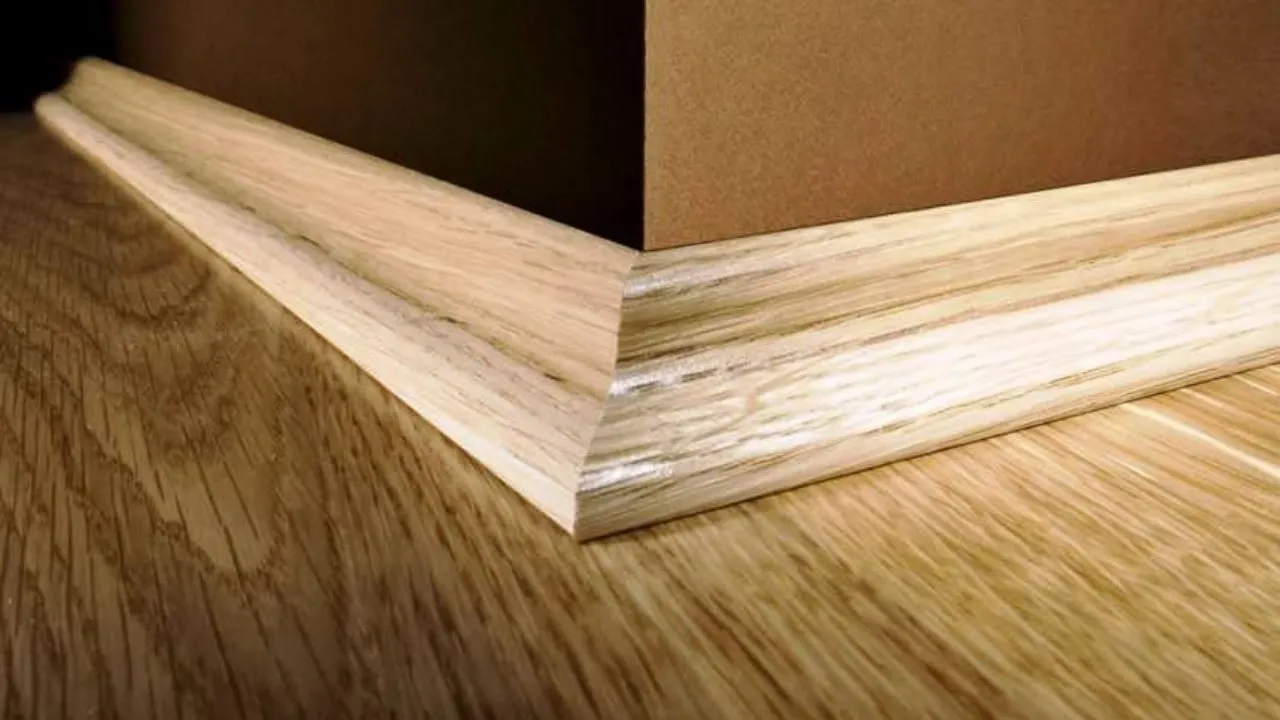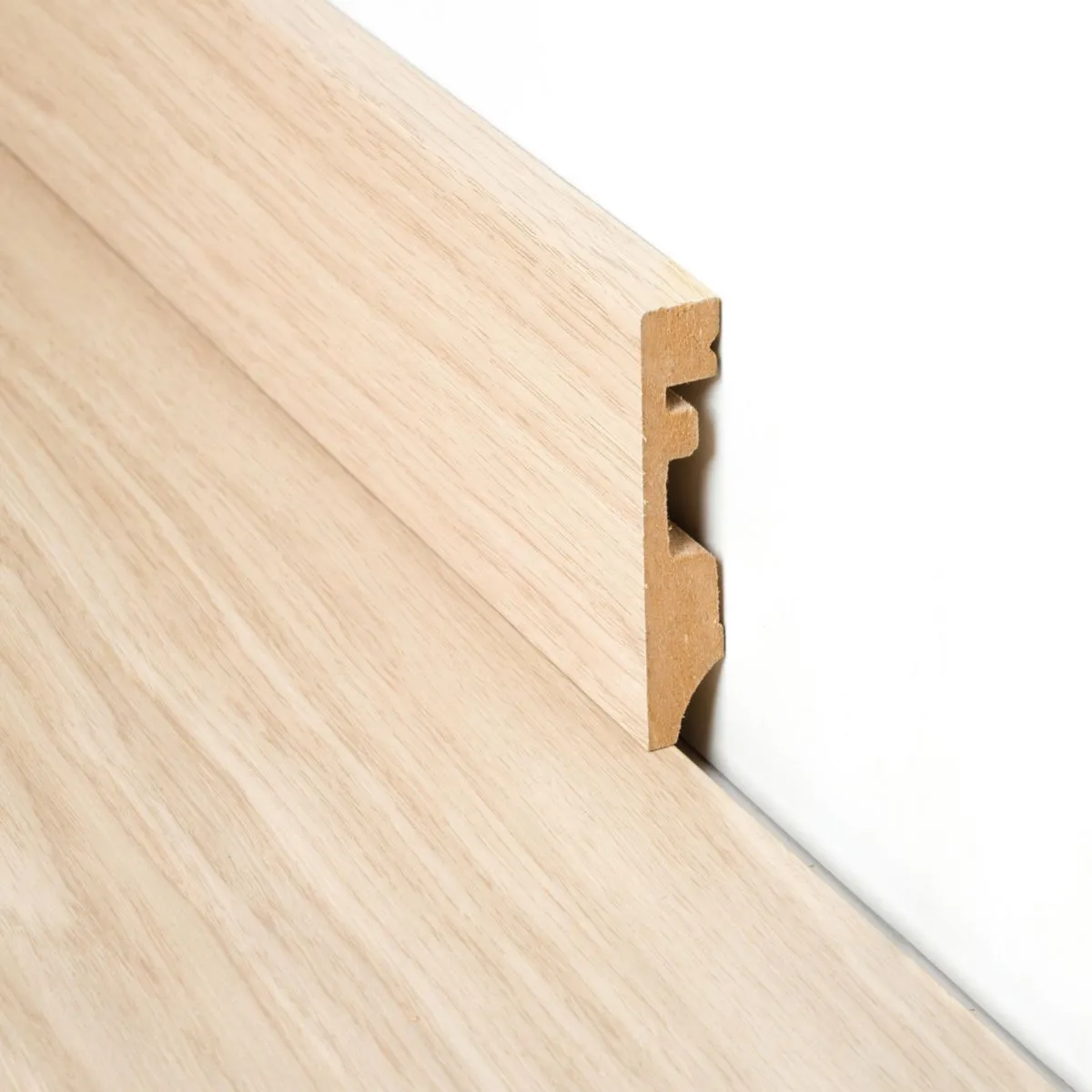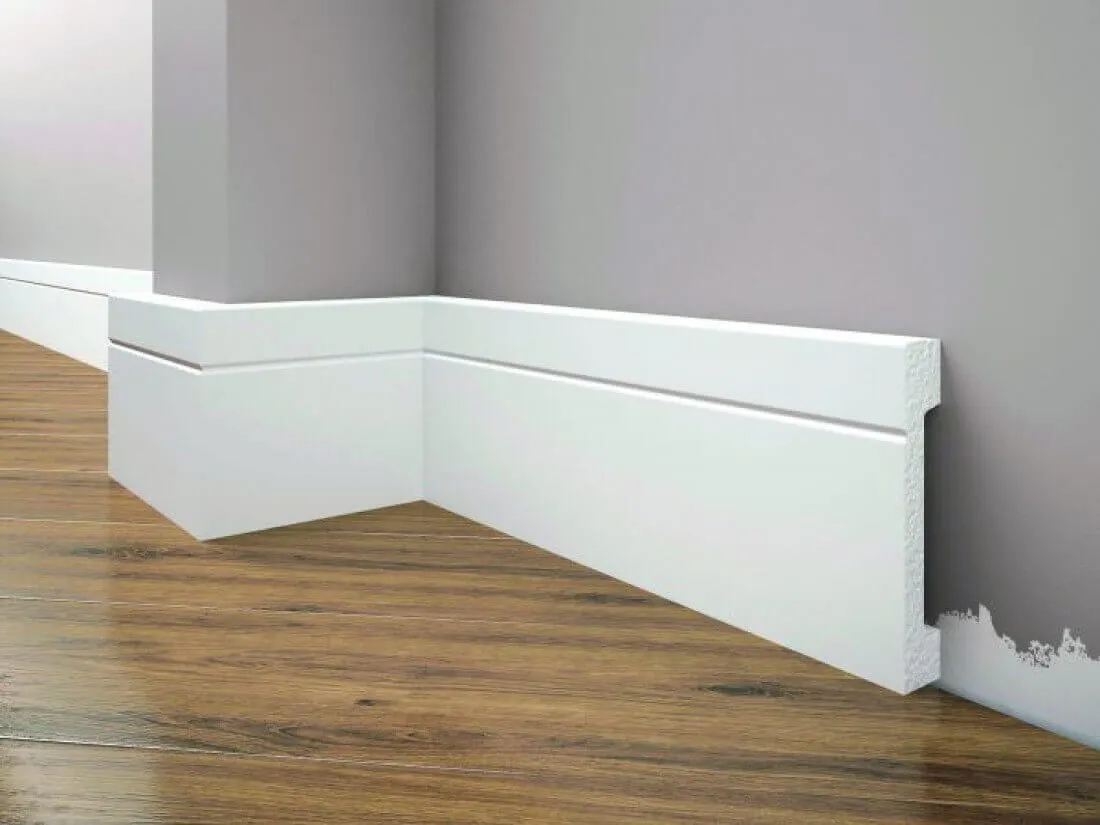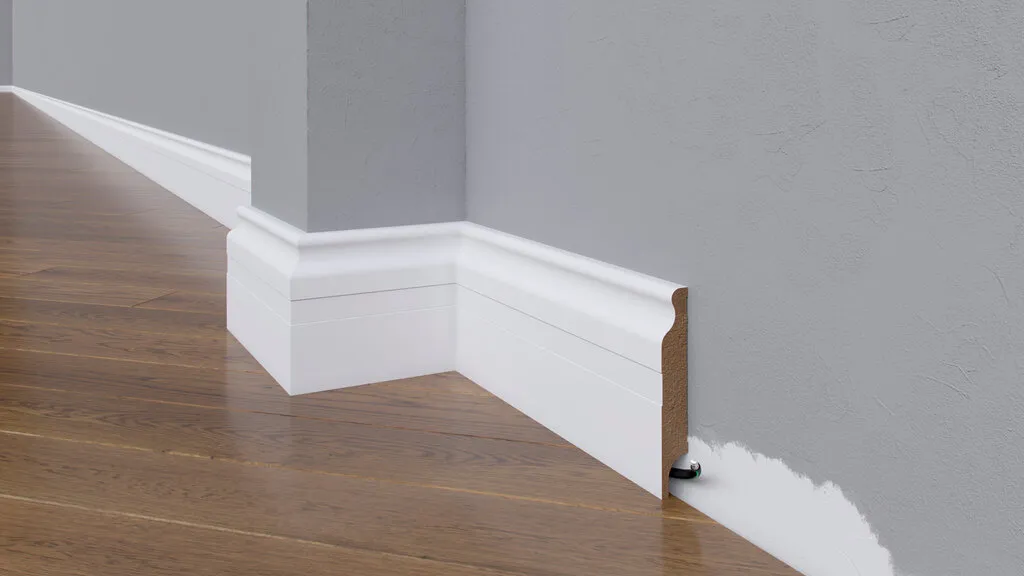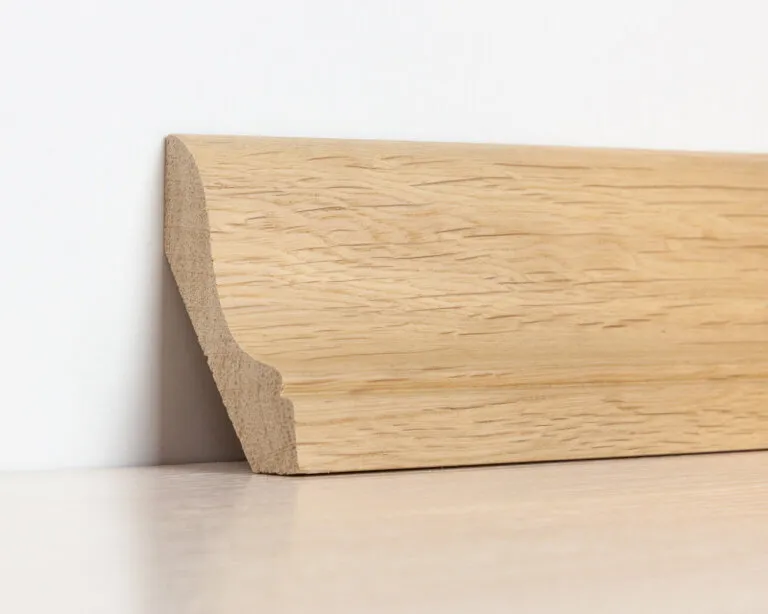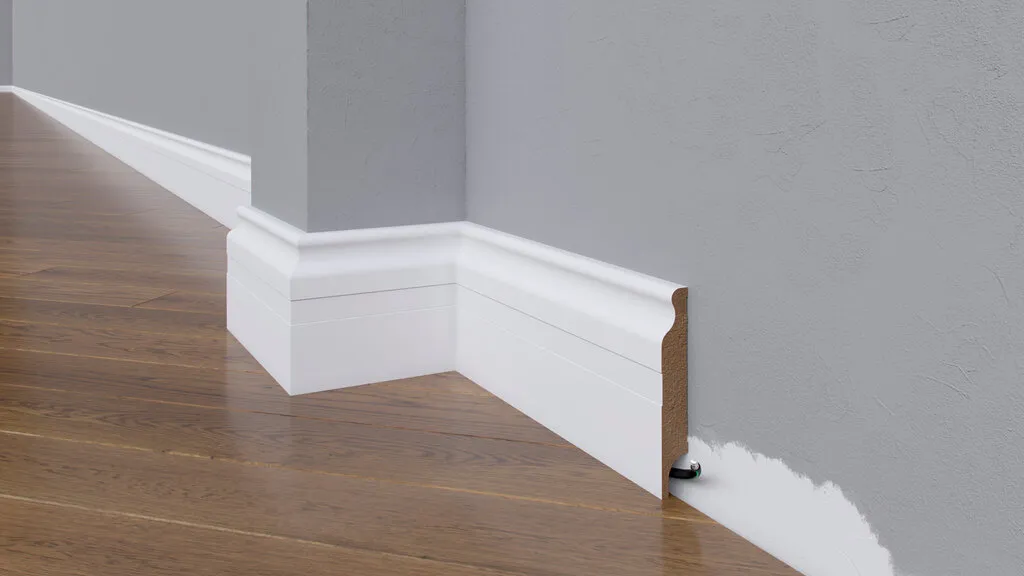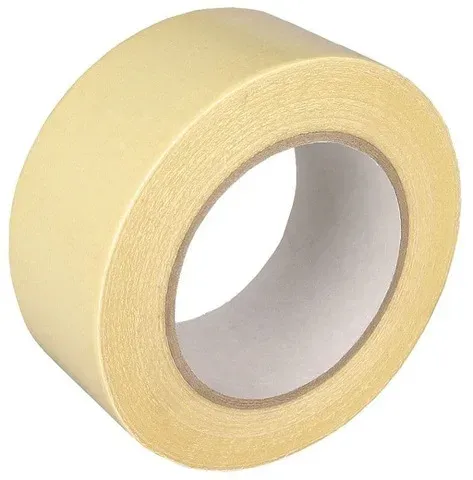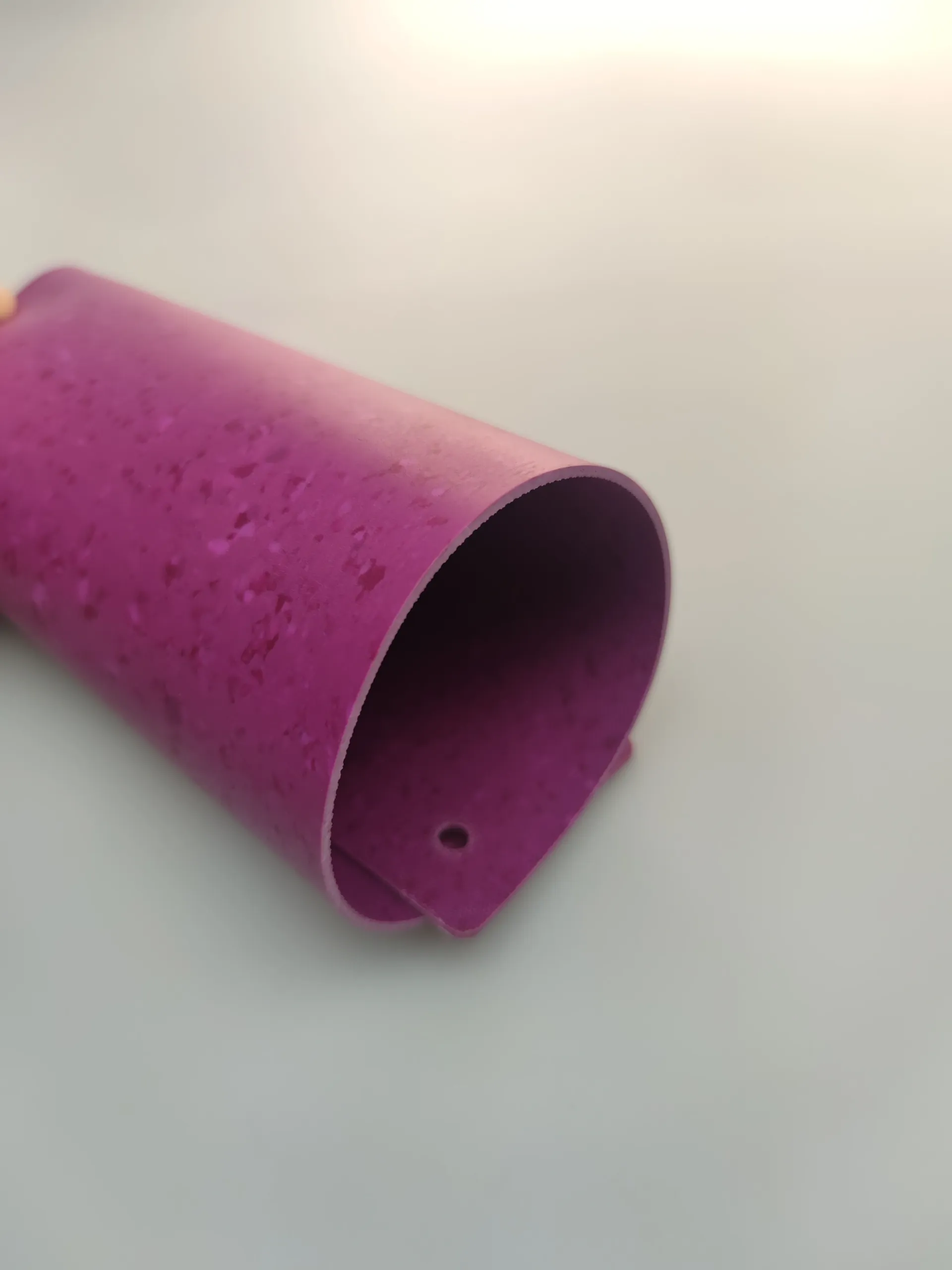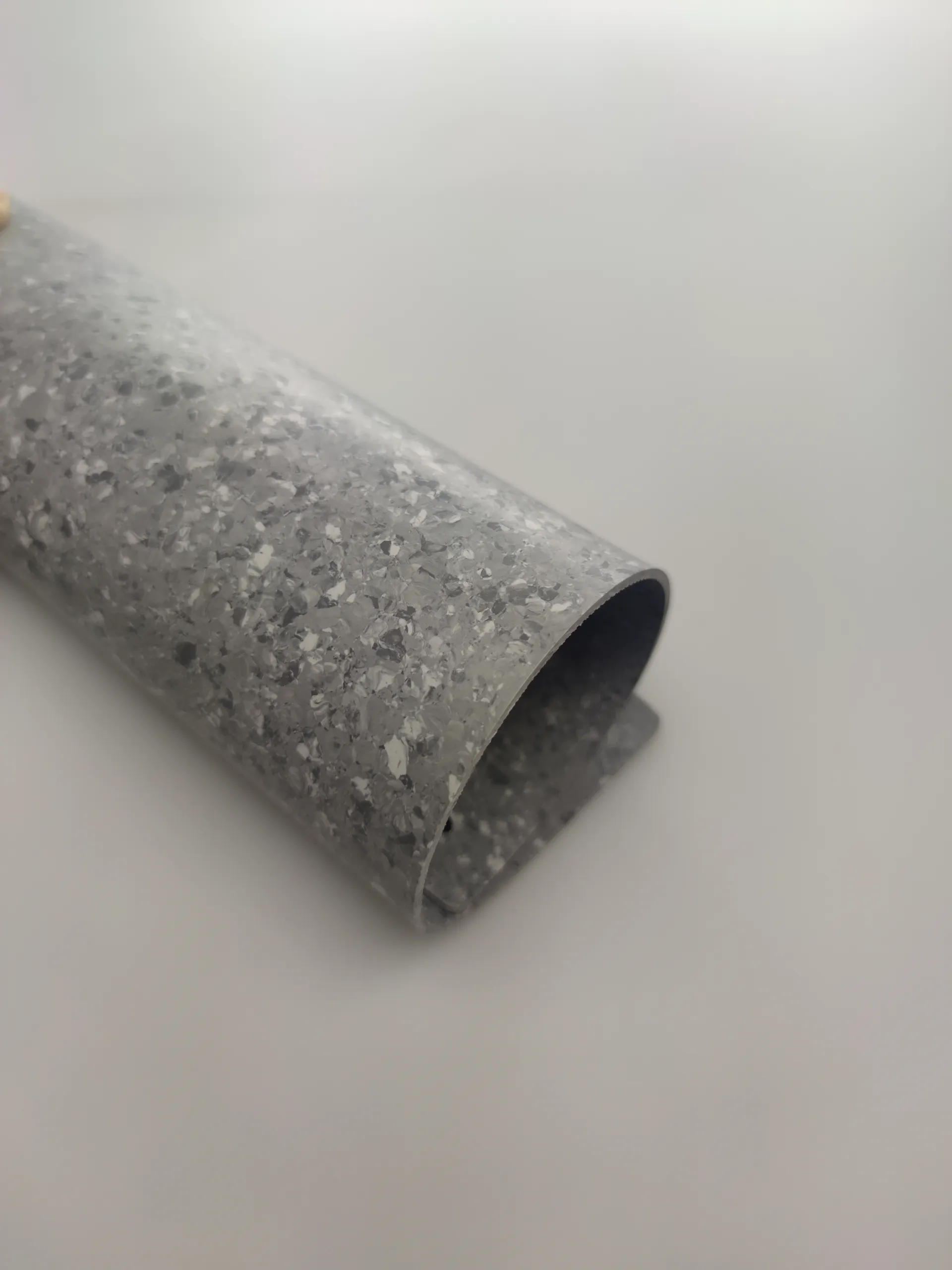Wooden skirting adds a touch of elegance and warmth to interiors, resonating with both traditional and modern decor trends. Whether it’s classic oak, versatile pine, or luxurious mahogany, wood materials bring out the timeless beauty of natural textures and grains. Moreover, wood can be finished in a myriad of ways – painted, stained, or varnished – allowing homeowners to achieve their desired look. Besides its aesthetic value, wood material for skirting is highly durable, capable of withstanding the daily wear and tear to which skirting boards are typically subjected. It doesn't just act as a visual transition between different surfaces but also as a practical guard against moisture damage, as treated wood can resist humidity and deter potential growth of mold. Another advantage of wood skirting is its ease of installation and maintenance; unlike more brittle materials or metals that require specialized tools and techniques, wood can be cut to size and affixed with relative simplicity. In heritage properties or restoration projects, wood skirting plays an indispensable role in preserving the architectural integrity of a space. It aligns with the historic materials and craftsmanship, ensuring that any renovation respects the original design ethos. With the growing focus on sustainable building practices, wood material supports eco-friendly initiatives, especially when harvested responsibly or sourced from reclaimed wood. This not only promotes environmental sustainability but also often showcases unique, aged characteristics that cannot be replicated by newer materials. Innovation in wood processing has also introduced engineered wood options, which combine the benefits of natural wood look with enhanced stability and resistance to warping. For home renovations, opting for wood materials for skirting supports a versatile, aesthetically pleasing, and functional finish, demonstrating how a traditional material maintains its relevance in contemporary building practices. Furthermore, given the current trends towards personalized and customized home interiors, wood skirting offers extensive scope for custom designs and profile patterns that might include intricate carvings or minimalist, sleek lines. This adaptability allows designers to balance continuity and contrast within interior spaces, blending or highlighting architectural features according to stylistic preferences. In essence, the choice of wood material for skirting signifies a commitment to quality, durability, and beauty, embodying both historical continuity and modern innovation. The timeless character of wooden skirting boards ensures they remain a favored choice among architects, interior designers, and homeowners alike, testament to their unmatched versatility and enduring appeal. Such a choice underscores that skirting is not merely a finishing touch but a foundational aspect of sophisticated, well-thought-out interior design.
- Paint-free technology panel, no paint more environmentally friendly
- Waterproof and durable
- Natural solid wood, grain clearly visible
- Mainstream colors can be customized
